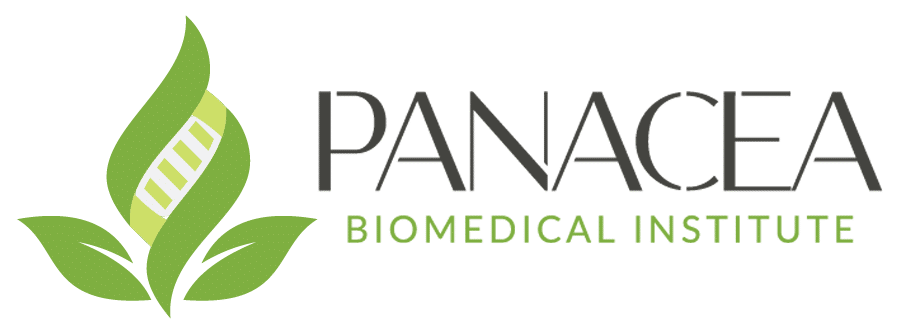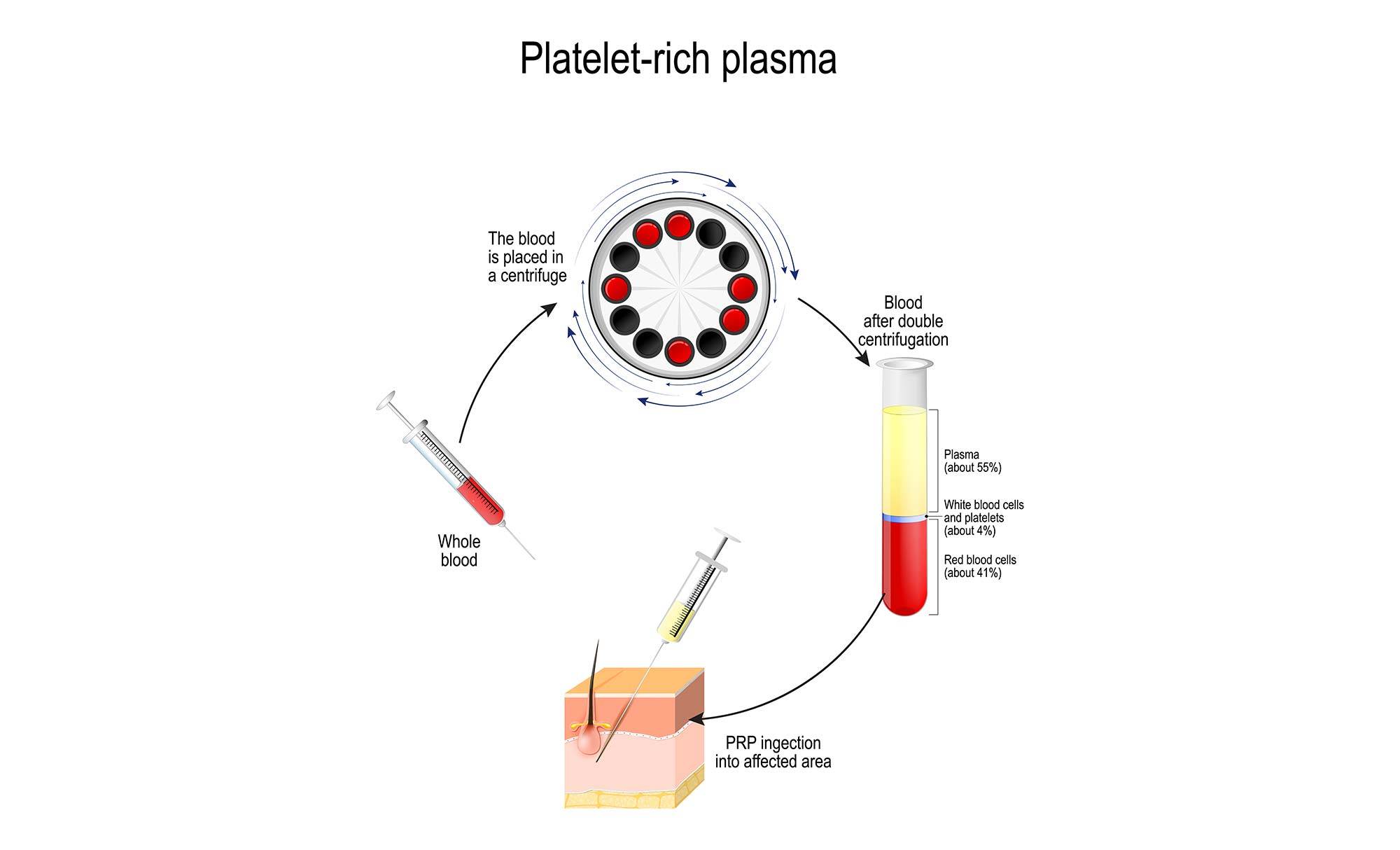Platelet-rich plasma therapy (PRP)is a form of regenerative medicine that can harness the body’s innate ability to heal.
PRP injections are prepared by taking blood from a patient and spinning the blood through a centrifuge to concentrate the platelets. These activated platelets are then injected directly into your injured body tissue. Platelets contain over 30 bioactive proteins and growth factors that aid healing.
The main benefits of PRP include the following: tissue regeneration and rejuvenation and induction of cell differentiation. PRP also increases collagen production, which increases skin thickness and overall skin health.
PRP is nonallergenic because it’s considered an autologous physiological product and therefore eliminates donor transmissible infections.
At Panacea Biomedical Institute, PRP is used to aid with the following:
- Musculoskeletal Injuries: sprains, tears, and sprains, arthritis
- Hair loss
- Facial Injections (acne, scarring, hyperpigmentation, wrinkling)
- Adjuvant to Microneedling
- Vaginal Rejuvenation: restore atrophied tissue, aid with incontinence, improve arousal and orgasm
- Erectile Dysfunction
Contraindications to PRP include the following: sepsis, cancer, chemotherapy, platelet dysfunction syndrome, critical thrombocytopenia, hypofibrinogenemia, hemodynamic instability, anticoagulation therapy, acute and chronic infections, chronic pathological conditions of the liver, severe metabolic and systemic disorders, and skin disease (systemic lupus erythematosus, porphyria, and allergies), as well as heavy nicotine, drug, and alcohol consumption.
Each patient response to PRP applications is different. Patient age, nutritional status, hormonal balance, and smoking status contribute to the quality of PRP. In the case of musculoskeletal complaints, advanced damage or very old injuries are more difficult to address with PRP alone and may require other modalities. Clinical experience shows a course of 3 treatments, spread three weeks apart is yields visible results.

